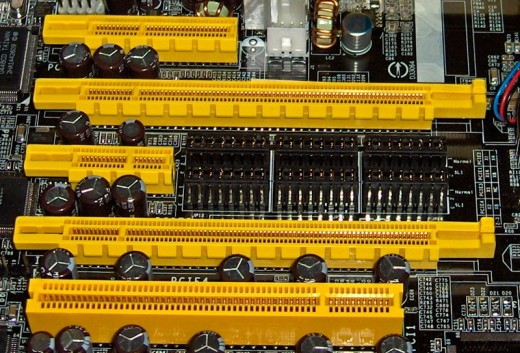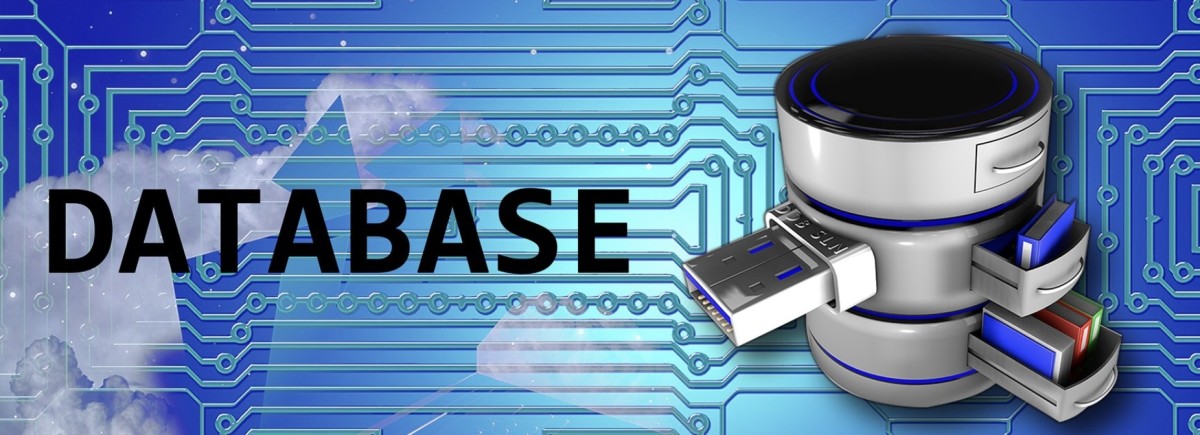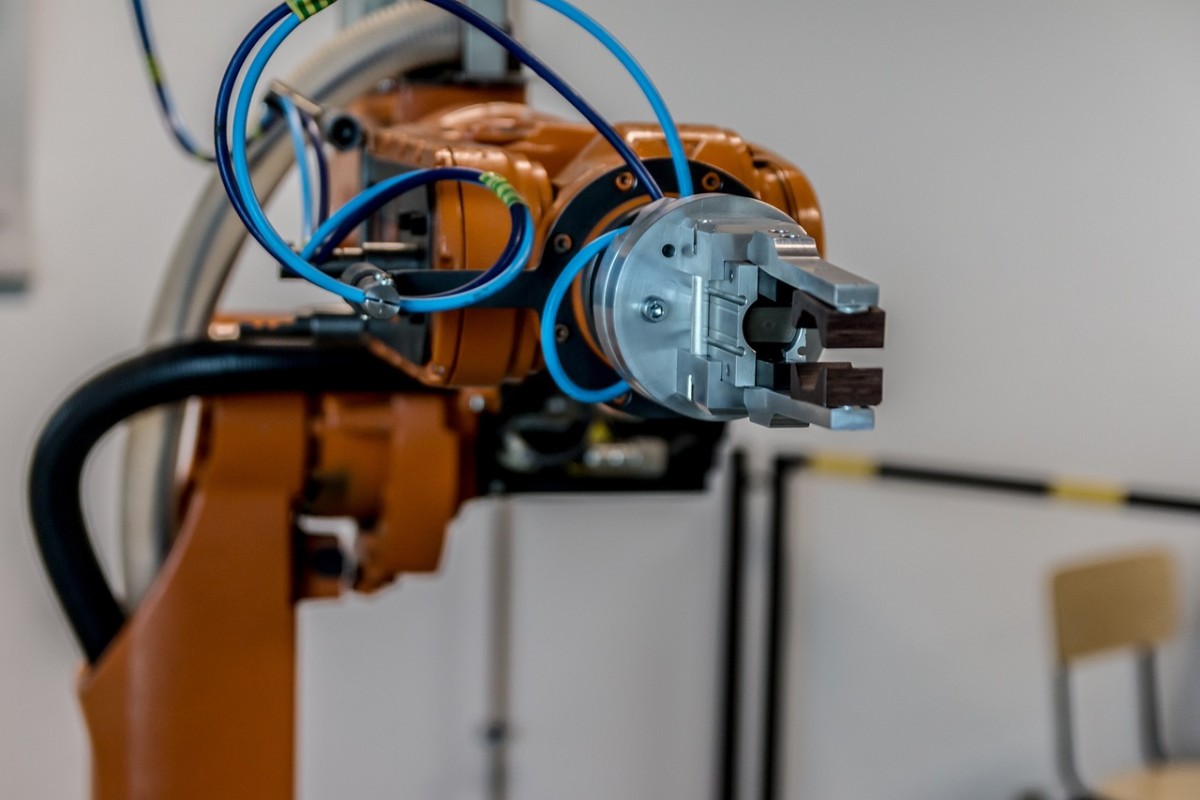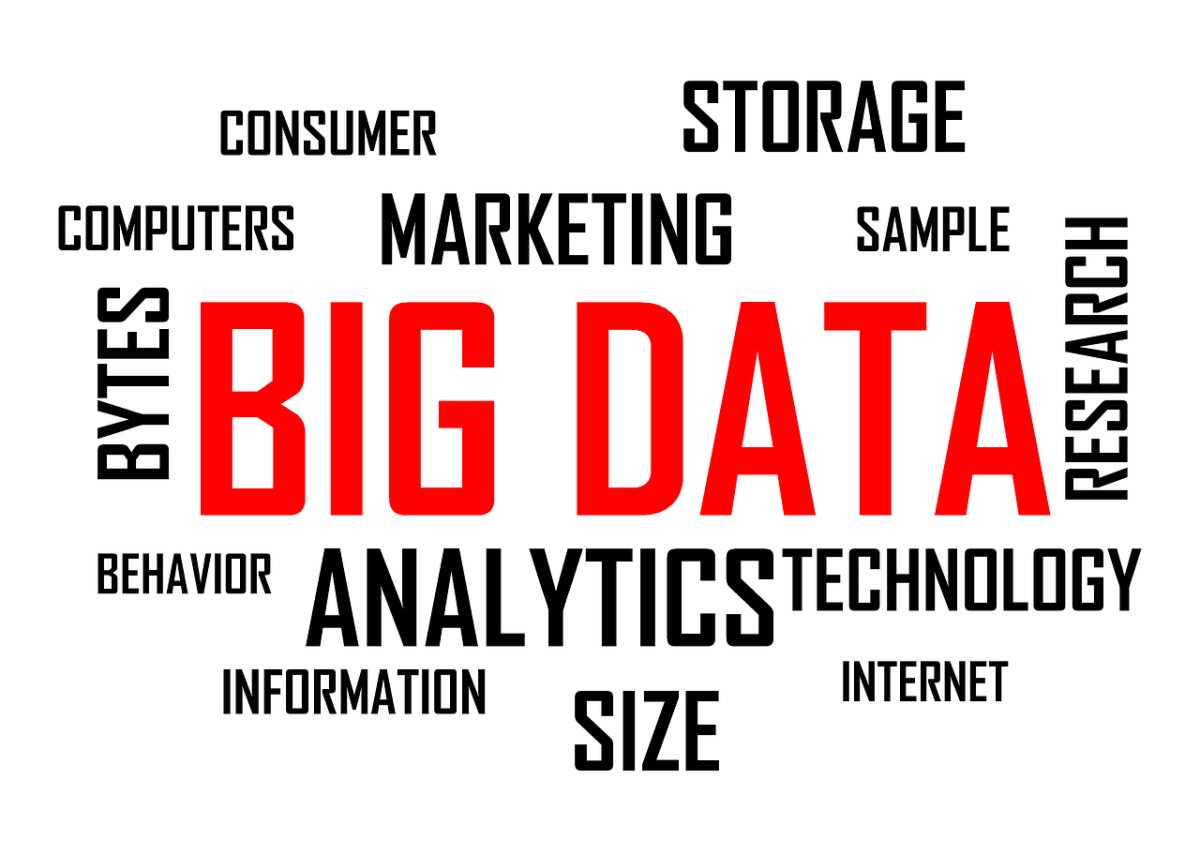14 Q&A on Foundations of Bus (Computing)
1. What does the term ‘knowledge worker’ mean in the context of today’s business world?
According to Drucker, a knowledge worker is someone who uses his mind and his knowledge to effectively execute a job which is the exact opposite of a ‘manual worker’ who uses his skills or manual labor to have a work done. Moreover, knowledge workers are the individuals who have the most effect and contribution to the organization. They provide the application of knowledge, theories and best practices acquired from schooling. Working to do the right thing and choosing to do the right things makes the knowledge worker effective by thinking on what needs to be done and what had to be done. In this manner, the efficacy of a knowledge worker affects change and is vital for the growth of the company (Drucker 2002, pp. 3- 4).

2. What is the difference between ‘information technology’ and ‘information system’?
Information technology is used to define an industry. However, a more accurate definition of it is the utilization of computer and computer software to manage information. In the corporate sense, it is the use of technology to store, protect, process, transmit and retrieve all company information. It uses a specific information system to handle data storage and protection. Information system on the other hand is the method, type, and protocol in dealing with a company's information (Schneider, 2009).
3. What is the differences between data, information, knowledge and wisdom and why it is important to the ‘study, development, and use of information systems’?
Data is a set of symbols that in itself holds no significance. It’s just a form of signs or representation that when seen solely does not meant anything. However, when data is analyzed and interpreted based on the meaning of the symbols, and then it becomes information. The analysis provides a logical or illogical meaning through association of the data to what it corresponds. Knowledge is the understanding and the skill to analyze data and interpret it as information. It’s a process of collecting data or information and makes us of it to provide meaning and value-meaning through information gathered. Wisdom is a trait or virtue that usually gets enhance over time. Knowledge could be the efficient utilization of knowledge. However, it also includes non-tangible characteristics of men such as virtue, morals, and believes in judging constructs and perceptions (Bellinger, et al, 2004). It’s important to discern the differences between the terminologies so as not to confuse standard understanding especially in computer jargons.
Bus Computing References
4. Explain the difference between a ‘forward auction’ and a ‘reverse auction’ in the context of e-auctions
A forward auction is the traditional type of auction wherein buyers would bid for goods and services. The highest bidder gets the Item. On the other hand a reverse auction is done on a business to business acquisition. The lower the bidding price the greater chances to obtain a business. Reverse auctions are a frequent self-motivated pricing practice differentiated by a particular purchaser as originator of a request for assessment and pricing and receiving bids from several suppliers (Laskey & Parker, 2000).
5. What is ‘Business Intelligence’ and how do organizations use it for competitive advantage?
Business Intelligence (BI) refers to an application that is used by business and companies to organize, report, capture, and analyze data without interrupting the operational system. Also called a decision support tool, it helps organization make effective decision makings. Some of its advantages include utilization of data mining and predictive analytic tool to identify patterns that could help in estimating and trend analysis; enhanced reporting tools; informed business activities through network collaboration; and availability of duplicate data base for information queries that does not affect the flow of production data (Technology Evaluation Centers, 2008).
6. What is ‘autonomic computing’? What are some characteristics essential to autonomic computing?
Autonomic computing is the ability of the system to manage itself through integration of technology. The demand for simplifying the complexities of managing, maintaining, and analyzing computer systems and information is answered through a system that will directly operate within its own set through the specifications required by the organization or the business individual. According to IBM, an autonomic computing system should be able to “know itself”; can set up or configure and reconfigure itself; continuously search for ways to optimize itself; self-recovery; and self-protection (IBM n.d.).
7. Define outsourcing and how it is used in organizations today.
Outsourcing is the process of subleasing a specific aspect of production or business process to a third-party company. It aims to achieve more output at lower costs to maximize the use of resources. In the IT field, it could either be subleasing a third-party to provide specific parts or to make programs or applications for a system (Engardio et al, 2006). For example, more and more telecom companies are capitalizing on outsourcing their technical support and customer service support to better address the client’s technical difficulties while at the same time maximizing the company’s resources.
8. List and describe the primary threats to information systems security.
Some of the primary threats encountered by information systems security are one, theft of proprietary information. This is the utmost threat to companies that could cost millions of dollars due to security breach. Sensitive information such as trade secrets, revenue model, and other confidential information could destroy a company. Second are the errors within the company users such as irregularity in security protocols and sabotage by legitimate users. Internal threats are legitimate cause for concerns among businesses. Access to valuable information regarding a company’s trade secret could easily be viewed and shared by legitimate users with access to data (Business Wire, 2002).
9. Compare and contrast the ‘Click-and-Mortar’ and the ‘Click-Only’ e-commerce business strategies.
Click-and-Mortar is a business strategy wherein a company would use the internet for listing of specific products that are either available online or in a store. An example of which is Wal-Mart. It aims at maximizing sale and profit by using the Click-and-Mortar method so customers could choose where it is more convenient to make a purchase and the availability of the product they wish to purchase. Click-Only like Amazon and Ebay utilize the web as its virtual store. This strategy benefits the company because there is no physical space to maintain, less hassle with inventory and much easier to manage (Fullman, 2008).
10. What is the difference between ‘technological safeguards’ and ‘human safeguards’ in information systems security.
Technological safeguard is the use of information systems security plan through a vanguard application that will minimize the threats and possibility of penetration of hackers on the system that could result to theft or other cyber crimes. For example, the “Fix It” tool of Microsoft that automatically renders the attacks of Server Message Block [SMB] 2 moot (Keizer, 2009).
Human safeguard on the other hand is the human aspect involved in protecting information systems security through adherence in standard operating procedures. For example, the standards on safe keeping and sharing of password should be adhered to at all times. Company protocols related to its IT system must be kept in mind to prevent any compromise on the system. A no paper policy on the production floor or a clean desk policy on IT room could be done to gain advantage and prevent any sabotage.
11. Describe the difference between ‘online processing’ and ‘batch processing’.
Online processing is the method of directly inputting information online which is in turn validated and updated straight to the master file. Compared to batch processing, online processing is a more speedy process because it deals with less bulky information that allows the delivery of output almost immediately. Example of online processing is booking a flight online or purchasing a product through Ebay. The process is quick. Just click the item you want, input the data necessary—credit card number, name, address, et cetera, and after submitting and validating the information, the transaction is done. Unlike batch processing, it accumulates data since the transactions are not immediately needed and affects the general of master file records. For example, inventory or monthly back up of company is an example of accumulated transaction that takes a while to process and directly affects most of the master file (Integrated Publishing n.d.).
12. Explain what are the ‘models’ used in Decision Support systems architectures.
Data Marting model, Data warehousing model and blending of both or hybrid are the models used in Decision Support systems architectures. Data marting model works specifically with a handful of knowledge workers. It focuses on the demand for information and how information could be easily retrieved by knowledge workers. It’s a production system that combines into a model the knowledge workers’ interpretation of the business. Data warehousing model intervene between end-user desktops and production data sources a warehouse that we usually think of as a single, large system maintaining an approximation of an enterprise data model (EDM). Batch processes populate the warehouse through off-peak extraction from production data sources. Lastly, the hybrid model makes use of both the strengths of warehousing and marting model to limit and address the limitation of the models (Demarest, 2001).
13. How can data mining and visualization being used to gain business intelligence and improve decision making?
Since Data mining and visualization makes use of visual representation of data, gathering information is made easier, simpler and more accessible. By optimizing the analysis and presentation of data, knowledge workers will have a shorter process in interpreting and analyzing the data presented. Moreover the process of converting the data to excel form to pdf to power point presentation or other form required by the organization is made more efficiently and quickly because the analysis and interpretation are already done by the system. This provides immediate insight to the strengths and rooms for improvements of certain products, campaign, or business strategy. The Martin Agency, an advertising and marketing agency, for example was able to improve its business performance via prompt analysis and speedy reporting capabilities due to the utilization of data visualization. Feedbacks to customers are faster and more reliable (Digital Library, n.d.).
14. What is a ‘knowledge management system’ and what types of technologies would make up a comprehensive knowledge management system?
Knowledge management system relies on centralizing all of the company’s information into a single access point to assure that the data stored will not be compromised. Moreover, it also provides an audit and inventory service, limits the access of specific files to a specific few and performs periodic back up to prevent any data losses. By optimizing document sources, the company benefits from efficient, accurate and up to date data that will help on decision-making and knowledge management of the company ergo, productivity will increase as well. The most common types of files are easily accessible such as text, office, PDF, MP3, MP4, JPEG, and many others. Some features also include drag and drop, document control version, powerful search engine, among many (PenKM, n.d.).
Bibliography
BBC News, 1999, ‘Business: The Economy EU Threat to E-commerce,’ available from <http://news.bbc.co.uk/2/hi/business/505237.stm>. [20 September 2009].
Bellinger, G, Castro, D, & Mills, A, 2004, ‘Data, Information, Knowledge, and Wisdom,’ The Way of Systems, available from <http://www.systems-thinking.org/dikw/dikw.htm>. [20 September 2009].
Business Wire, 2002, Proprietary Information Theft #1 Threat to Information Systems; Vanguard introduces ezRights, Ground Breaking Technology that Eliminates Risks, from <http://findarticles.com/p/articles/mi_m0EIN/is_2002_Oct_21/ai_93082639/?tag=content;col1>. [20 September 2009].
Demerest, M, 2001, ‘Two-Tiered Enterprise Decision Support Systems Architecture,’ available from <http://www.noumenal.com/marc/waremart.pdf>. [20 September 2009].
Digital Library, n.d., ‘Data Visualization Enables Martin Agency to Improve Analysis and Reporting Capabilities for Clients,’ available from <http://www.informationweek.com/whitepaper/Business-Intelligence/Analytics/data-visualization-enables-martin-agency-to-impro wp1237910190129;jsessionid=XA2YMDCWL1QABQE1GHOSKHWATMY32JVN>. [20 September 2009].
Drucker, P F, 2002, The Effective Executive, HarperCollins, New York.
Engardio, P, Arndt, M, & Foust, D, 2006, ‘The Future of Outsourcing,’ Business Week, available from <http://www.businessweek.com/magazine/content/06_05/b3969401.htm>. [20 September 2009].
Enterprise Systems, 2009, ‘Solution Expertise, available from <http://www.entsystems.com/solutions>. [20 September 2009].
Fullman, C, 2008, ‘Click-and-Mortar Stores Behaving like Click-Only Stores,’ available from <http://chrisfullman.com/2008/09/click-and-mortar-stores-behaving-like-click-only-stores/>. [20 September 2009].
HIPAA Security Series, 2007, ‘6 Basics of Risk Analysis and Risk Management,’ vol. 2 paper 6, pp. 1-20, available from <http://www.cms.hhs.gov/EducationMaterials/Downloads/BasicsofRiskAnalysisandRiskManagement.pdf>. [20 September 2009].
IBM, n.d., ‘IBM’s Perspective on the State of Information Technology,’ available from <http://www.research.ibm.com/autonomic/index.html>. [20 September 2009].
Integrated Publishing, n.d., ‘On-line vs. Batch Processing, available from <http://www.tpub.com/content/armymedical/MD0057/MD00570089.htm>. [20 September 2009].
Keizer, G, 2009, ‘Microsoft unveils Shield for Critical Windows Flaw as Attack Code Looms,’ ComputerWorld, available from <http://www.computerworld.com/s/article/9138278/Microsoft_unveils_shield_for_critical_Windows_flaw_as_attack_code_looms>. [20 September 2009].
Laskey, B, & Parker, J, 2000, ‘Microsoft BizTalk Server 2000: Building a Reverse Auction with BizTalk Orchestration,’ MSDN, available from <http://msdn.microsoft.com/en-us/library/ee265596(BTS.10).aspx>.[20 September 2009].
Levine, B, 2009, ‘Palm Drops Windows Mobile to Focus on Web OS,’ NewsFactor, available from < http://www.newsfactor.com/story.xhtml?story_id=110008AH2KJE>. [20 September 2009].
O’Neill, S, 2009, ‘Separated at Birth: Tech Honchos and Their Famous Lookalikes,’ CIO, available from <http://www.cio.com/article/502346/Separated_at_Birth_Tech_Honchos_and_Their_Famous_Lookalikes>. [20 September 2009].
PenKM, n.d., ‘Collaborate and Communicate,’ Knowledge Management, available from <http://www.openkm.com/>. [20 September 2009].
Savarese, C, 2006, ‘A Business Model is not a Revenue Model,’ Veer West, available from <http://www.veerwest.com/blog/strategy/a-business-model-is-not-a-revenue-model>. [20 September 2009].
Schneider, L, 2009, ‘Information Technology—Definition and History,’ The New York Times Company, available from <http://jobsearchtech.about.com/od/careersintechnology/p/ITDefinition.htm>. [20 September 2009].
Technology Evaluation Centers, 2008, ‘Business Intelligence (BI) Evaluation Center,’ available from <http://bi.technologyevaluation.com/business-intelligence/>. [20 September 2009].
Yegulap, S, 2009, ‘How to Upgrade to Windows 7 from Windows XP,’ InformationWeek, available from <http://www.informationweek.com/news/windows/operatingsystems/showArticle.jhtml?articleID=218500981>. [20 September 2009].









